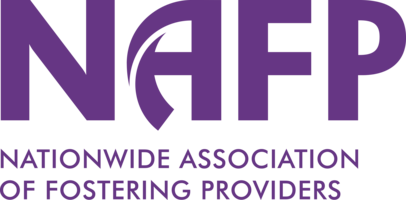We wanted to shine a spotlight on referrals sent to independent fostering agencies (IFA) for children needing foster care to help us gain a greater understanding of the changing needs of children. We had not seen this in other national data sets and wanted to add this missing part of the picture. The data we looked at does not therefore represent all children needing foster care at any one time. Indeed, we found multiple referrals that relate to the same child or brother and sisters. These multiple referrals make it difficult to interpret pure numbers, so we chose to focus on trends - by need, by age and by location.
At the start of the pandemic, there was an increased demand for IFA foster care for teenagers. Since then, referrals for children under 12 years have been increasing and our study suggested a growing complexity of need in these younger children, resulting in it being sometimes harder to find foster carers for younger children than it is for teenagers. IFAs are reporting seeing an increase in referrals for babies, some of whom do not have complex needs, historically, not something we might have expected.
Referral trends are also, though, impacted on by a variety of other factors, including the global pandemic, socio-economic changes and local authorities re-shaping their own provision..
We have made a number of detailed recommendations for local authorities, IFAs and government. However, the key message has not changed since it was first included in the Children Act 1989 - children should live in the 'most appropriate placement' to meet their needs. Not only is this best for children, but it is also the best way of spending hard-pressed local authority budgets.
Referrals to independent fostering agencies 2019-2022, February 2022




